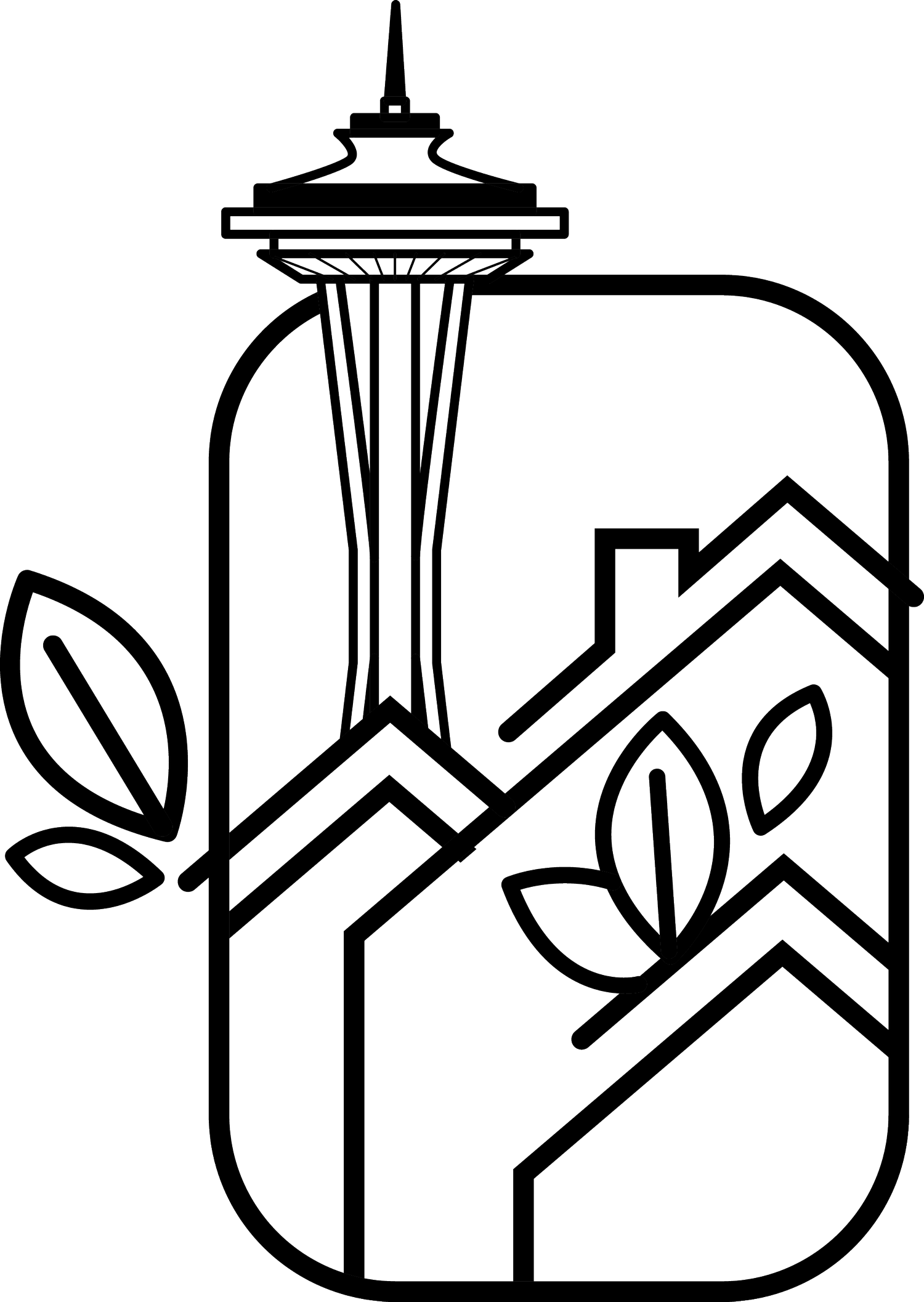Investment Property 101
Buying an investment property can be a surefire way to build long-term wealth. But so many people don’t move forward because they aren’t sure how to choose the right property, aren’t sure what expenses they will have, are not sure about the tax implications, and are not even sure about how the investment will pay off. There are a few different ways you can analyze a property’s potential and I would be happy to sit down with you and explain more if this gets you thinking!
· Appreciation – How much is that property going to be worth in one year, five years, ten years or more? Let’s say that an investor wants to buy a property worth $400,000 and he or she puts down $100,000 (or 25%). The appreciation gained is on the whole property, not just 25% that the investor owns. If that investment appreciates at 5% per year, in five years, it will be worth $513,343 and the investor will have gained $113,343 on their initial $100,000 investment.
· Cash Flow – Each property will have income and expenses. Income includes rent while expenses include any utilities paid by the owner, property taxes, HOA or condo association dues, insurance, and property management fees (if the owner is not managing on his or her own). Some people include “debt service” (mortgage payment) in expenses and some don’t (although I do for this simple exercise). Remember, both sides of the equation can rise over time, so I recommend looking at cash flow year one and at least up to year five. Below is a simplified example utilizing our $400,000 market value with $100,000 down:
In this case, the beginning cash flow isn’t as favorable as it could be if, say, more of a down payment was made reducing the mortgage payment, the owner decided to manage the property his or herself and forgo the property management fee, or improvements could be done that brought in more rent. We also haven’t factored in maintenance or vacancy which should definitely be part of your equation.
· Cap Rate – Cap rate is a tool that investors use to determine how quickly they can expect a return on their investment. It is calculated by dividing the net operating income by the value of the property. Continuing with our above example, in year one, the cap rate of this property would be .71% (assuming a 5% vacancy rate) - not nearly enough to get savvy investors excited. However, most calculate cap rates before taking debt service into account which this does not. According to NOLO, 4-10% is a reasonable expectation for an investment property.
There are other ways as well to evaluate an investment property. Don’t let opportunity to build your investment portfolio pass you by. Let’s get together and work on your investment goals now to plan for your future.
As always - your questions, comments, and suggestions are welcome for this article or future topics you would like to hear about. I am available to talk one-on-one with you, answer your questions, and as your Realtor, guide you through the process.
Thank you! Jennifer Suemnicht - Jen’s Realty - RE/MAX Metro Realty, Inc.






